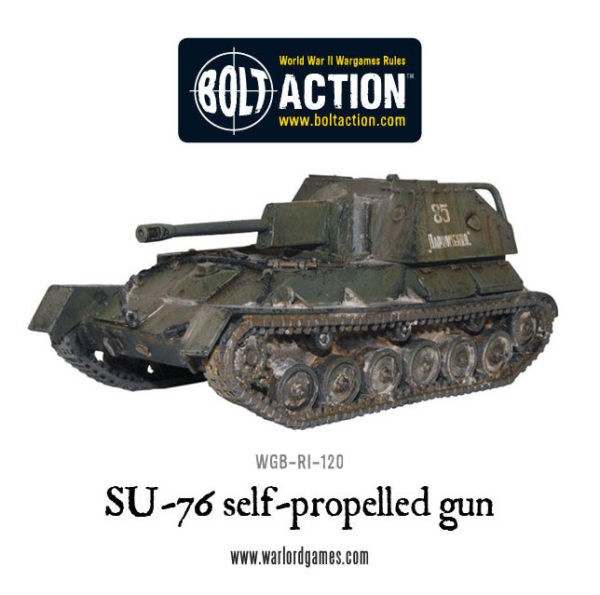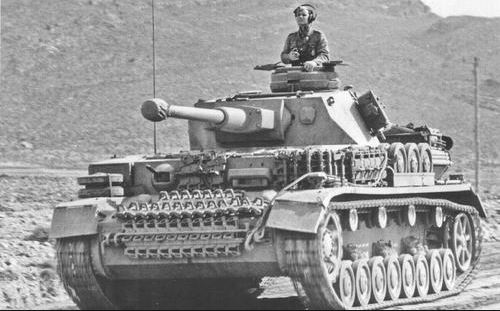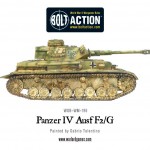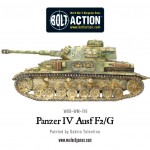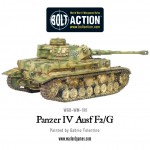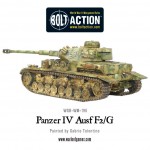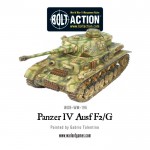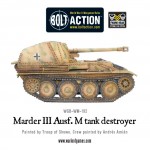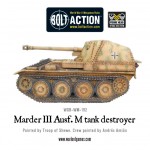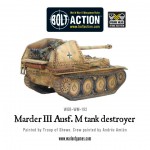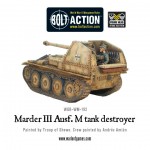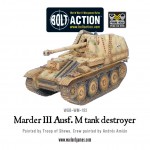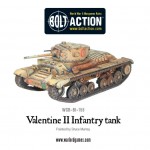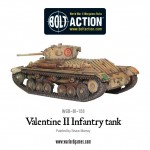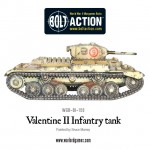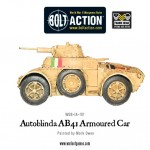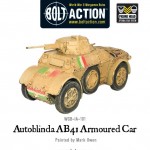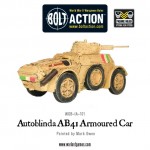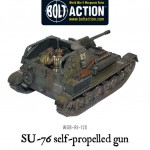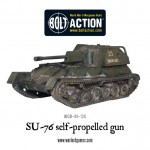For a limited time only, we’re making your options EVEN BETTER if you’re wanting to expand in to Bolt Action Tank War. Launch into epic Armoured Fury clashes with some of our favourite AFVs:
In Tank War you organise your Armoured Platoons around 3 Vehicles, your commander and 2 others. For a limited time, if you choose 3 or more from the following vehicles, you’ll get a great start to your forces with 20% Off!
Note that while this deal is on, these vehicles will be temporarily removed from our usual ‘Wheels of Steel’ 10% off promotion. 20% off promotion ends 30th of September 2015.
Panzer IV D
The Panzer IV was the only German tank to earn the distinction of fighting from the beginning to the end of World War II. The mechanically reliable tank was the backbone of the German war machine throughout the war despite the heavy Panther and Tiger tanks often getting all the glory and press.
The Ausf D variant was the first real production model – with over 200 being built between 1939 and 1941. Remaining in service until 1944, the Pz.Kfw IV ausf D featured new front hull plate design (harking back to the design of the Ausf A) to accomodate the return of the hull-mounted machine gun and a new external gun mantlet.
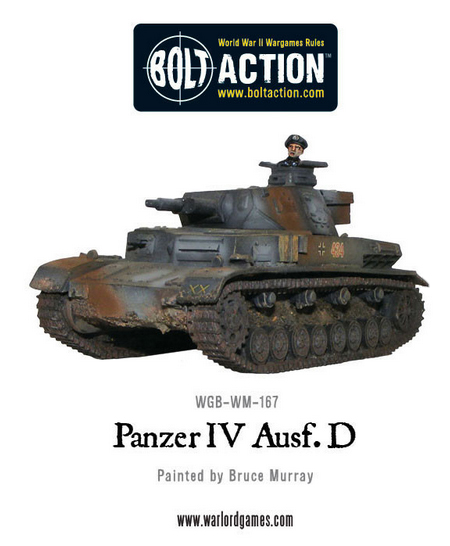
Panzer IV F2/G
The F2/G variant was equipped with the long 7.5cm KwK 40 L/43 main gun as a direct result of the emergence of the Soviet T34 tanks on the battlefields of the Eastern Front and dominating most of the German armour.
The long-barrelled gun was due to be installed into the Ausf. G version, but events in the east brought that plan forwards. The F2 was more than match for Soviet and British tanks of the time – and the British were to refer to the new German tank as the ‘Mark Four Special’, out of respect for it’s performance against their armoured formations in the Western Desert campaign.
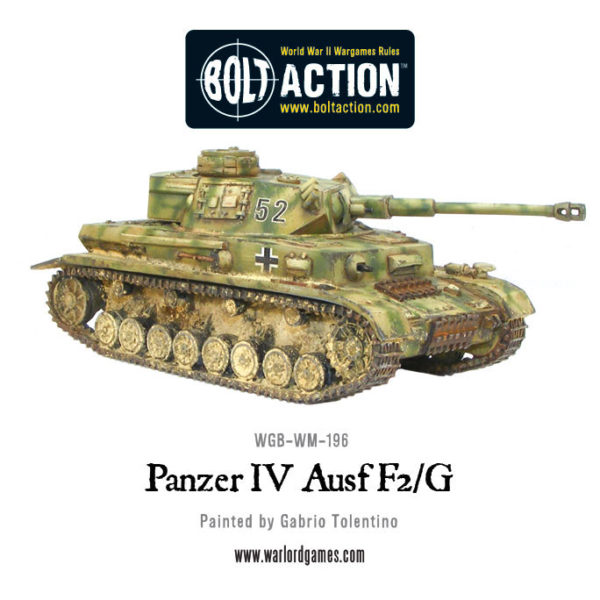
Marder III Ausf M.
The Marder III was a series of German tank destroyers built on the chassis of the Czech designed Panzer 38(t). Produced from 1942 to 1944, they served on all fronts until the end of the war.
Even in the early stages of Operation Barbarossa, the Wehrmacht was aware of the need to field a more mobile and more potent anti-tank weapon. This need was further highlighted when, in June 1941, Geran anti-tank shells failed to penetrate the armour of new Soviet tanks such as the T-34 and KV-1.
The Marder III was armed with the 75 mm PaK 40 anti-tank gun. This was the final variant of the Marder series and was a significant improvement over previous models, with its lower silhouette, sloped armour and much more functional fighting compartment. This superb resin and metal vehicle comes with two crewmen.
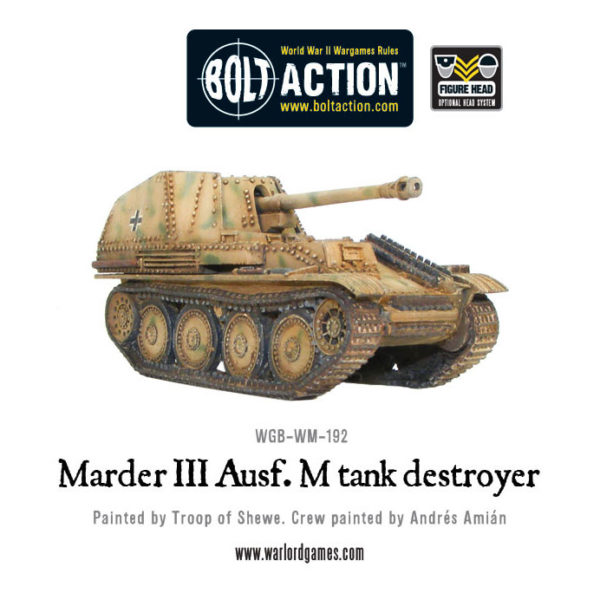
Humber Scout Car
When Daimler couldn’t keep up production of the Dingo, Humber stepped in to build their now iconic vehicle. It was used primarily by British armoured units for scouting or liaison duty and was armed with a Bren mounted to the roof that could be operated from inside the vehicle if necessary. Production of the Humber continued throughout the war – and the vehicle was featured in the classic movie ‘A Bridge Too Far’ – in which Brigadier J.O.E. Vandeleur, played as he was by Michael Caine, sat atop his Humber Scout Car as he leads XXX Corps to relieve the Airborne forces in the ill-fated Operation Market Garden.
J.O.E Vandeleur is included in our boxed ‘Humber Scout Car’ set!
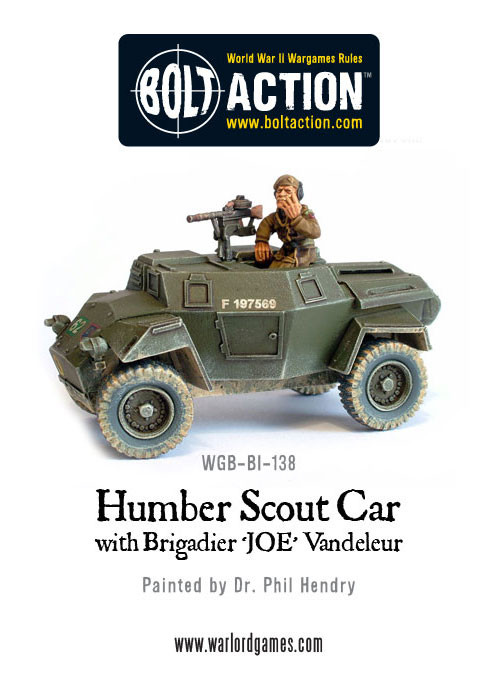
Valentine II
The Valentine Mk II appeared in 1941 and around 700 were built. Armed with the QF 2-pounder gun in a two man turret, its low silhouette made it less of an easy target for enemy gunners – especially when compared to the taller US tanks such as the M3 Lee and M4 Sherman.
The Valentine was a very dependable tank, easily capable of running 500 miles without much maintenance – Valentines of VII Royal Tank Regiment crossed 3000 miles of desert before arriving in Tunisia!
The Valentine was extensively used in the North African Campaign, earning a reputation as a reliable and well-protected vehicle.
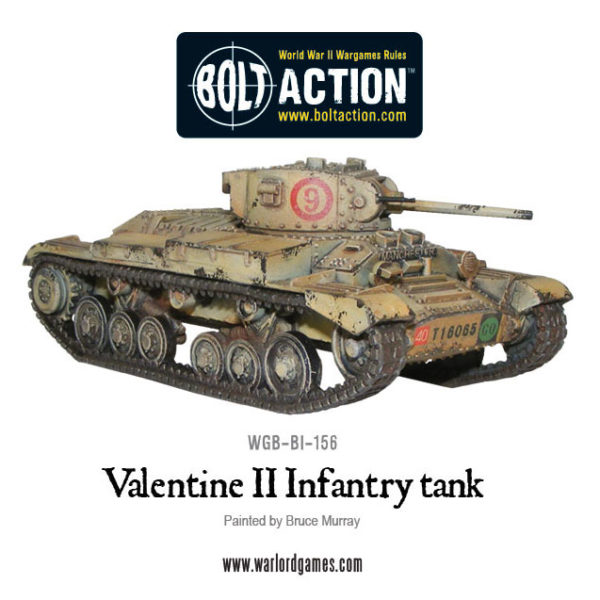
Autoblinda
During World War II, the Autoblinda AB 41 operated in North Africa, the Balkans, Italy, Hungary, and on the Eastern Front. It proved highly suitable for reconnaissance, escort and security duties. The AB 41 could be quickly adapted for operation on any terrain. Sand tires could be fitted for desert work and it could even run on railway tracks.
Armed with a 20mm Breda gun and backed up by a co-axial machine gun and a further machine gun mounted facing rearwards. It also featured a secondary driving position which allowed the driver to quickly switch seats and get out of harm’s way.
The iconic-looking vehicle also served the German armed forces well – after the Italian armistice, the Germans captured over 50 AB41s and went on to build a further 120, giving them the designation Panzerspähwagen AB41 201(i)
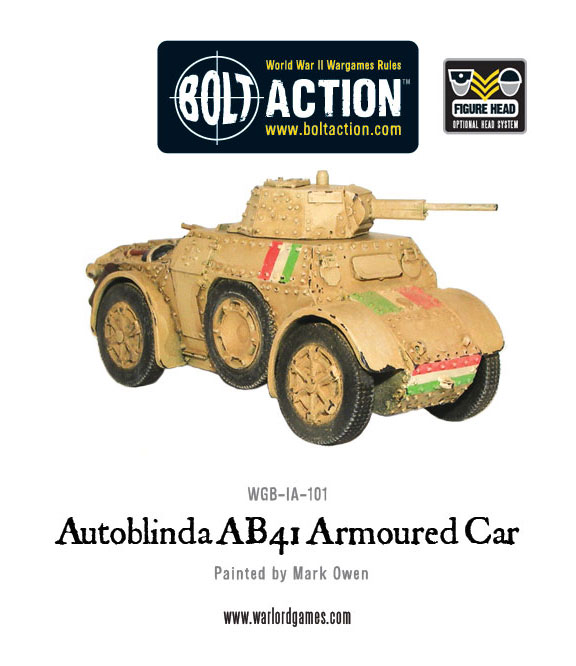
SU-76
This small but powerful self propelled gun was produced in vast quantities by the Soviets in WW2. It used a tried and tested tank chassis with the excellent 76mm gun howitzer, enabling either high explosive bombardment or direct fire with armour piercing shells.
Either way it was a tough vehicle to fight against as it was reliable and a small target, with a big punch.
